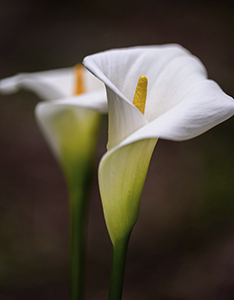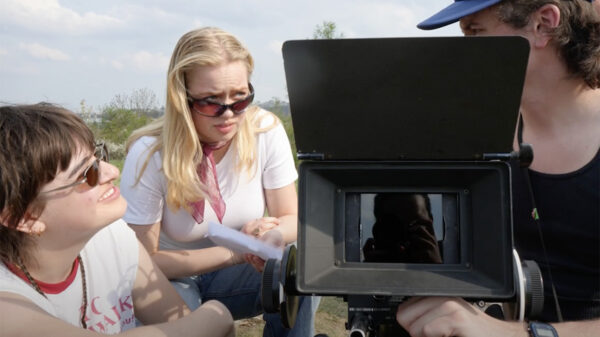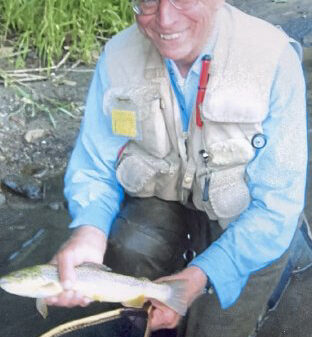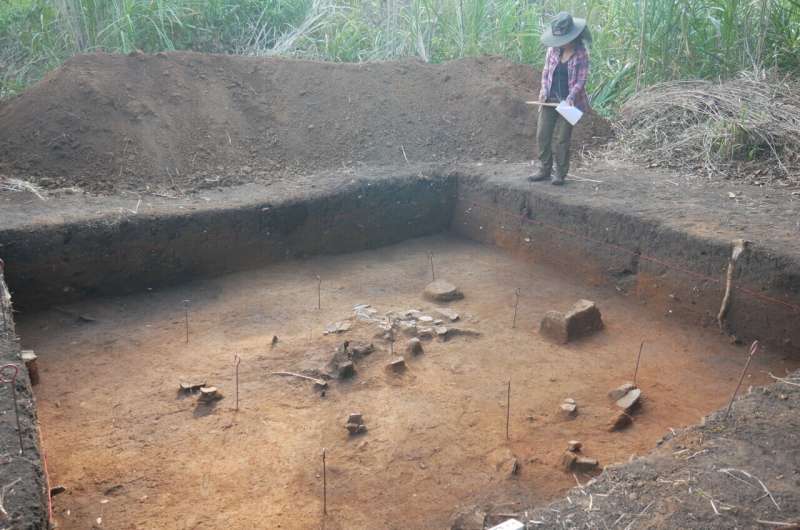A recent expedition has uncovered significant evidence that Indigenous Peoples have thrived in the southwestern Amazon, particularly around the Great Tectonic Lakes of Exaltación in Bolivia, for over 1,000 years. Conducted in September 2021, this multidisciplinary research mission involved the collaboration of several esteemed organizations, including the Wildlife Conservation Society and the University of Bonn. Their findings highlight the intricate relationship between these communities and their environment, showcasing a history of adaptation and innovation.
Unveiling the Human Landscape
The lakes of Rogaguado and Ginebra, located within the Municipal Protected Area of Grandes Lagos Tectónicos de Exaltación, serve as living archives of human activity. The area, recognized by UNESCO for its cultural and ecological importance, has long been surrounded by myths, including stories of the legendary “Land of Paititi.” Recent archaeological surveys and excavations reveal that beneath the region’s grasslands and shallow waters lie monumental structures such as raised fields and complex canal systems, which signify thousands of years of human–environment interaction.
The research team documented several archaeological sites, including Paquío, Coquinal, Isla del Tesoro, and Jasschaja. Each site represents a different phase in the history of settlement in this area. Radiocarbon dating indicates that these sites were occupied from approximately 600 to 1400 CE. At Paquío, for instance, intensive habitation spanned from 1000 to 1200 CE, revealing evidence of elaborate agricultural practices centered around maize. In contrast, the Jasschaja site, dated to 1300 to 1400 CE, showcases broader landscape changes and a more diverse array of crops.
Excavations have uncovered an array of geometrically shaped earthworks, which include ditches, drainage canals, and raised fields that reflect a sophisticated understanding of water management. These structures were meticulously designed to control flooding and create livable spaces in a flood-prone environment, demonstrating centuries of local experimentation and adaptation.
Biocultural Heritage and Sustainable Practices
The ongoing collaboration with the Cayubaba and Movima communities enriches the research, as these groups have long inhabited the region, contributing to its unique biocultural heritage. Their traditional knowledge and practices continue to shape the landscape, reinforcing the connection between ecological and cultural diversity. During recent field seasons, representatives from the Cayubaba Indigenous Council played a crucial role in guiding the research, ensuring that it aligned with community values and priorities.
The archaeological findings indicate a diverse pre-Hispanic diet that utilized the Amazon’s dynamic resources. The evidence shows a reliance on fish species, including wolf fish and peacock bass, alongside various reptiles and mammals. The range of plants used, such as different palm species and legumes, illustrates a mixed economy based on fishing, hunting, gathering, and agriculture.
As the Amazon faces challenges from deforestation and climate change, the lessons learned from these ancient practices become increasingly relevant. The archaeological record reveals long-term strategies for sustainable living that harmonized with the environment, providing insights into how past societies thrived amid ecological fluctuations.
The research underscores the need to protect not only the biodiversity of the Llanos de Moxos but also the cultural heritage of the Indigenous communities that have sustained these landscapes for centuries. Safeguarding this biocultural heritage has become a global responsibility, as modern conservation efforts must integrate the knowledge and legacy of those who have historically cared for these ecosystems.
The findings, published in Frontiers in Environmental Archaeology, offer a fresh perspective on the importance of understanding human history in relation to environmental sustainability. The landscapes of Rogaguado and Ginebra remind us that the Amazon has always been a dynamic biocultural landscape, rich with memory and knowledge that is crucial for navigating future challenges.




































































